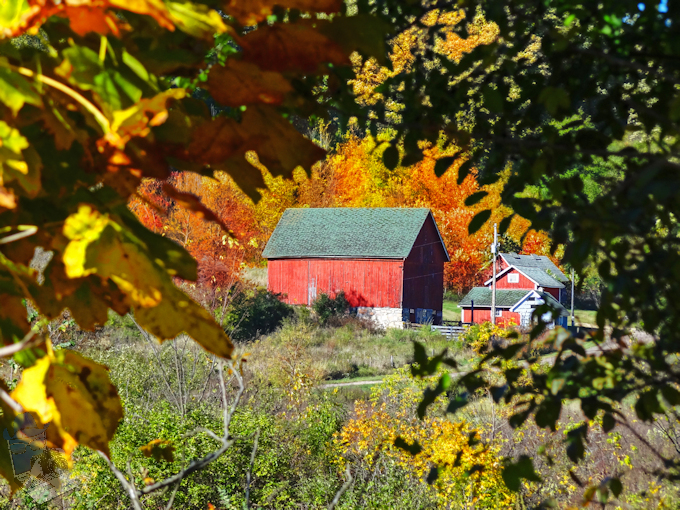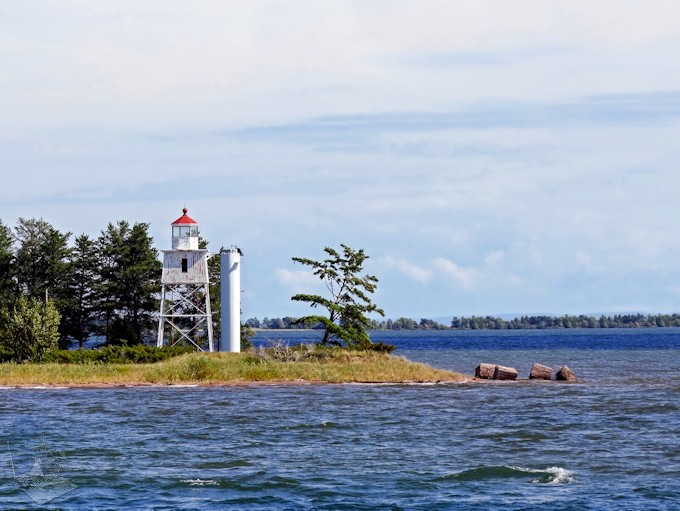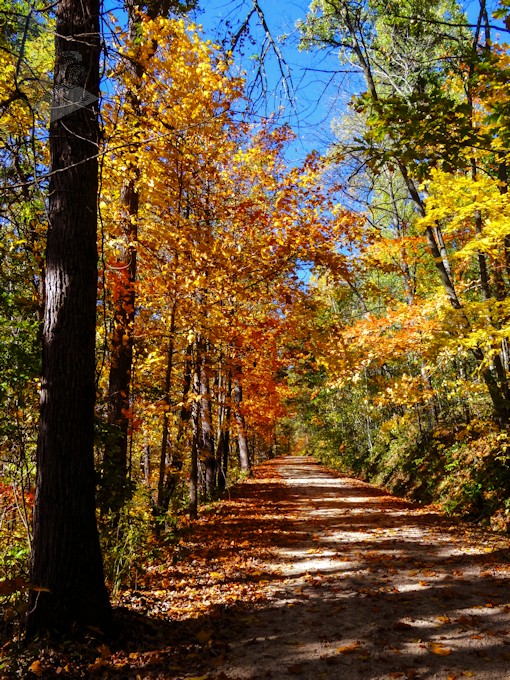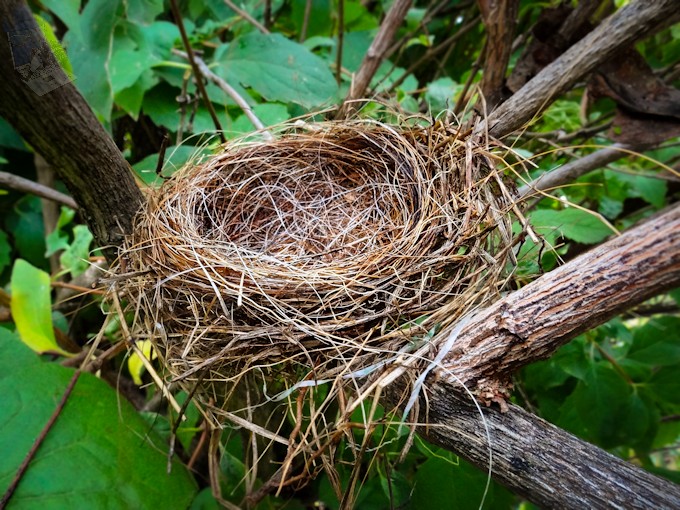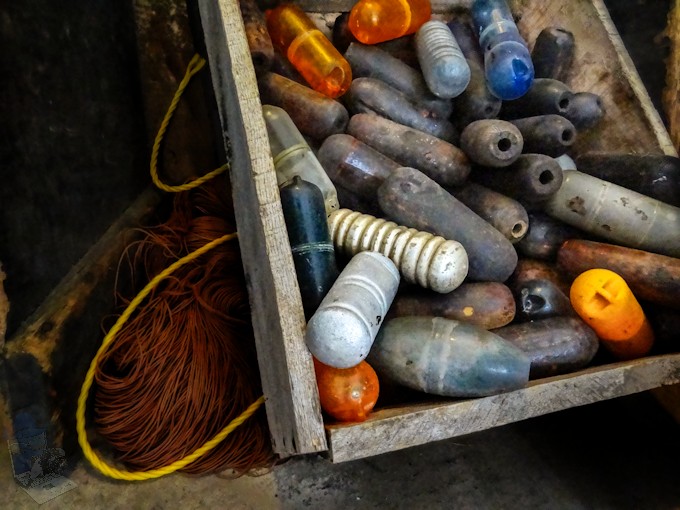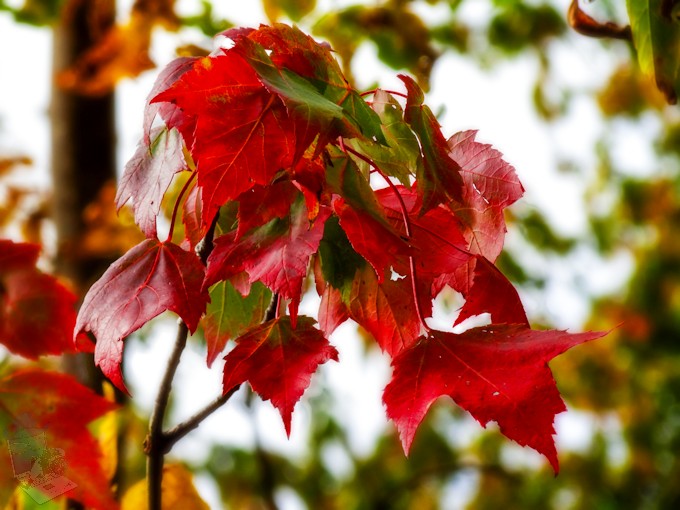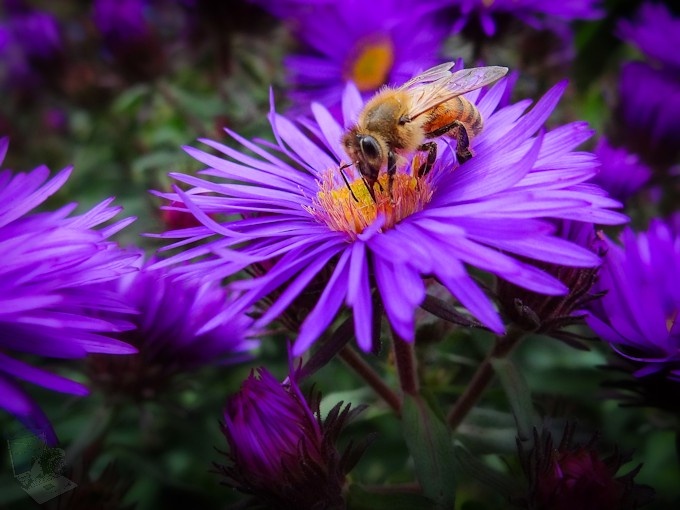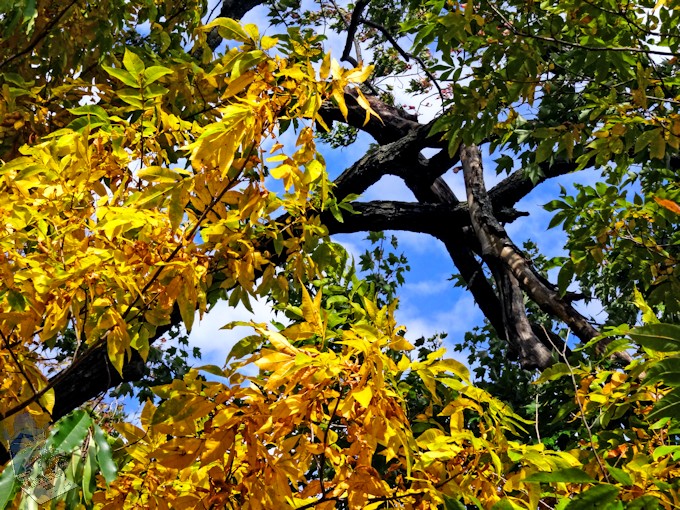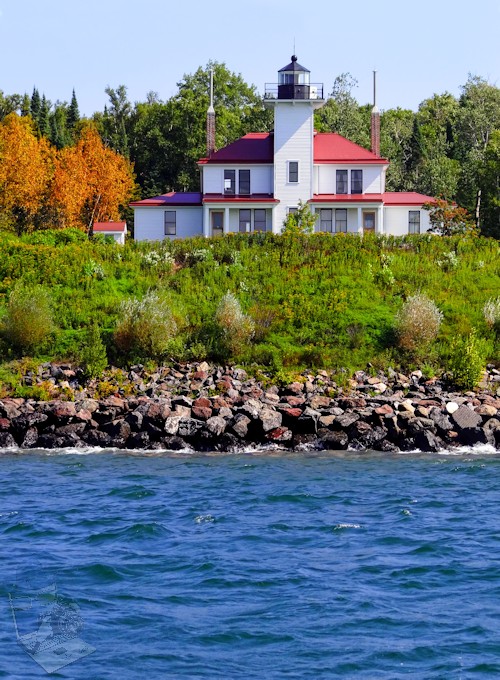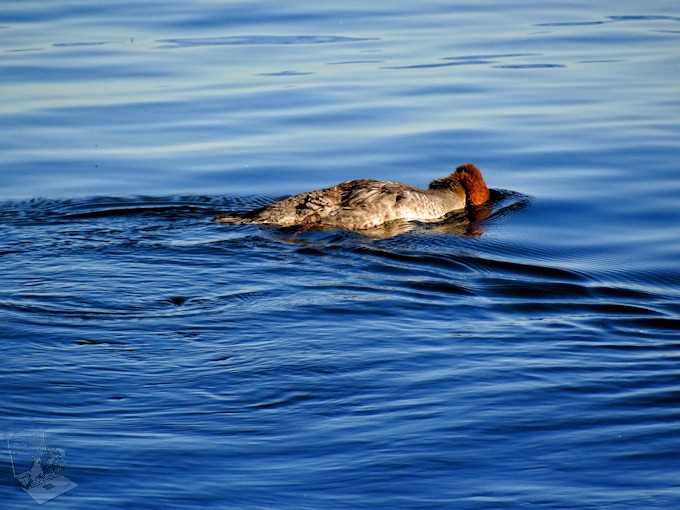Sometimes you have to look deeper to see a hidden gem. When admiring the colorful trees along the roadside, a small opening in the brush and trees gave a glance of something hidden and you just need to take the time to backup and investigate a little more. Finding the one small opening, nestled against a colorful slope, a farmstead across the valley floor could be seen by zooming in.
Course since I am short, I was grateful that my camera view finder would tip down so I could shoot over my head. That is much easier and safer than setting up a step ladder in the middle of the road to take the picture!
Hidden Barn


